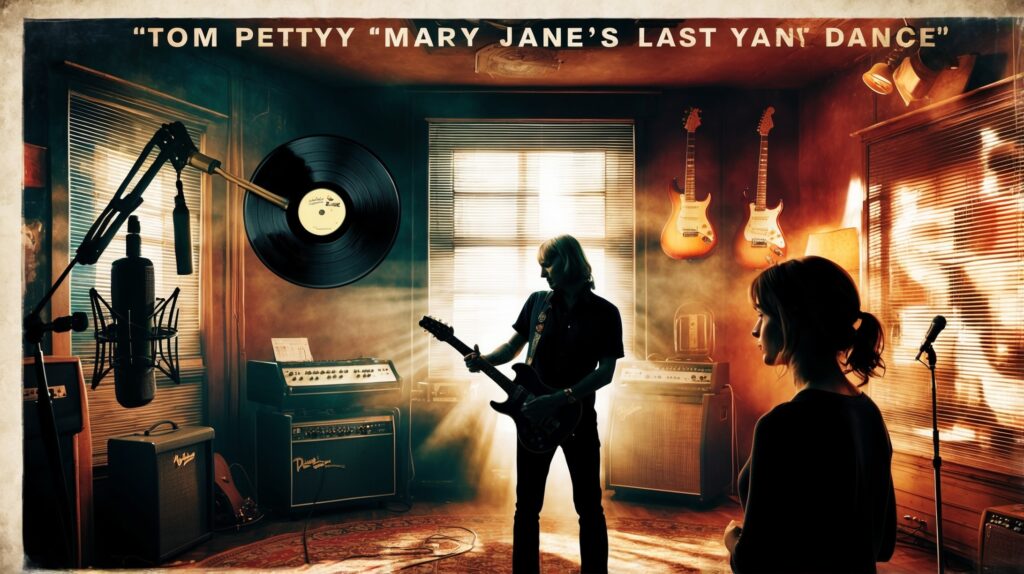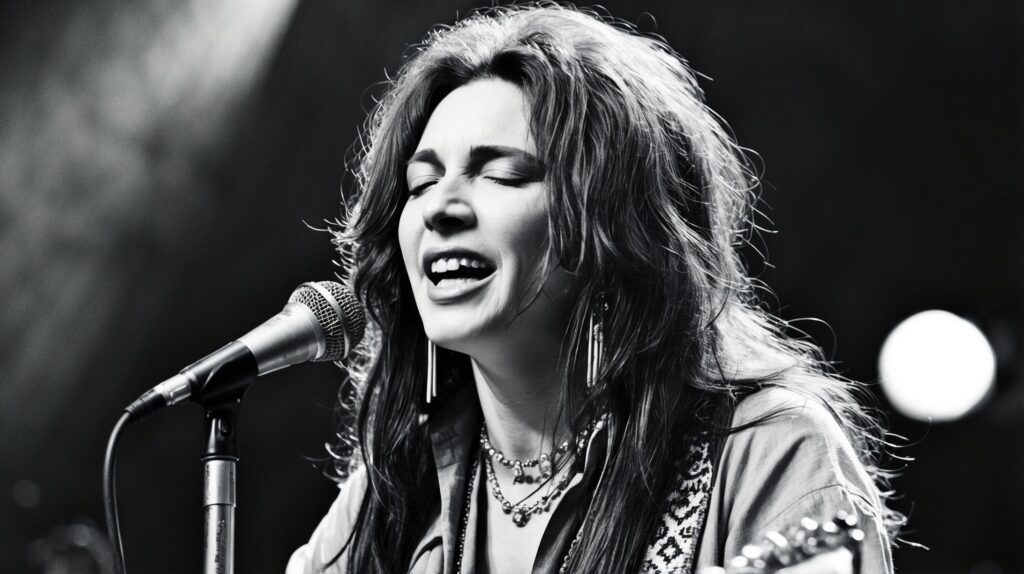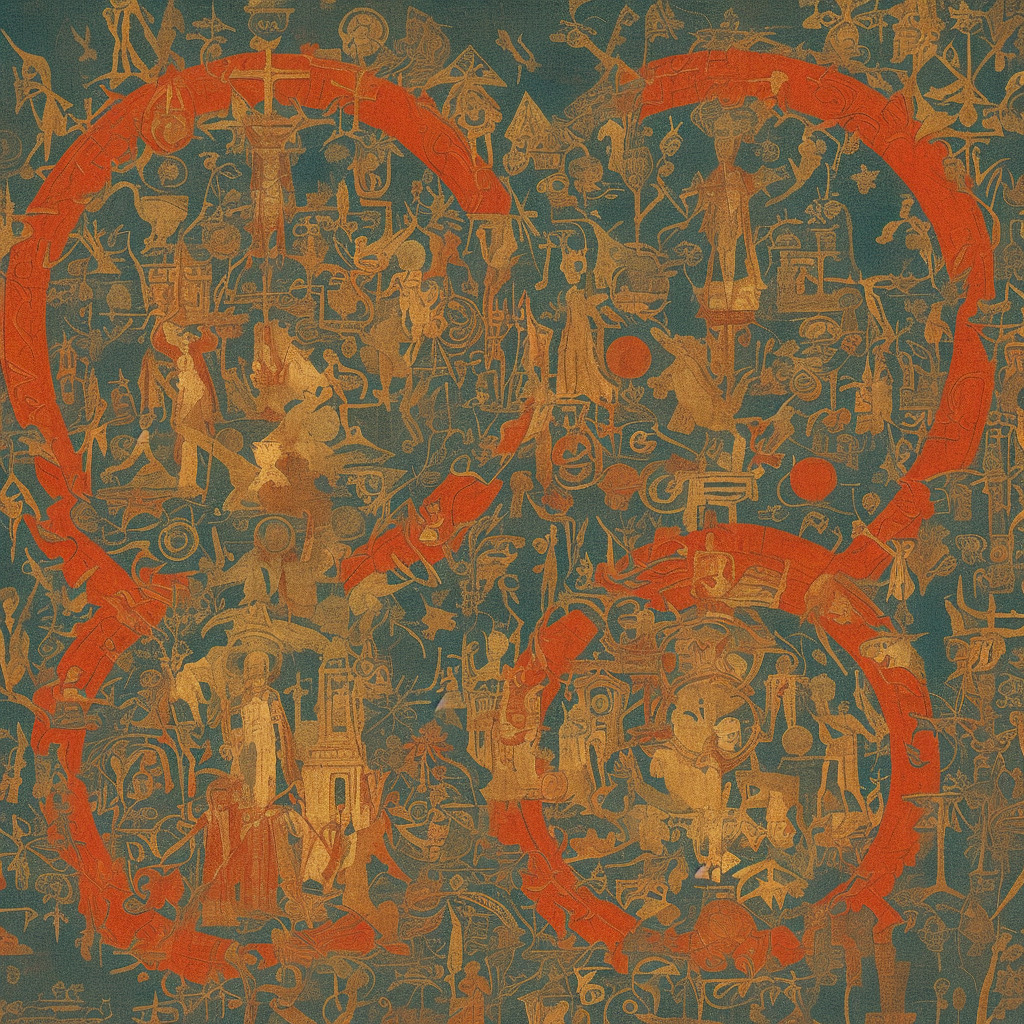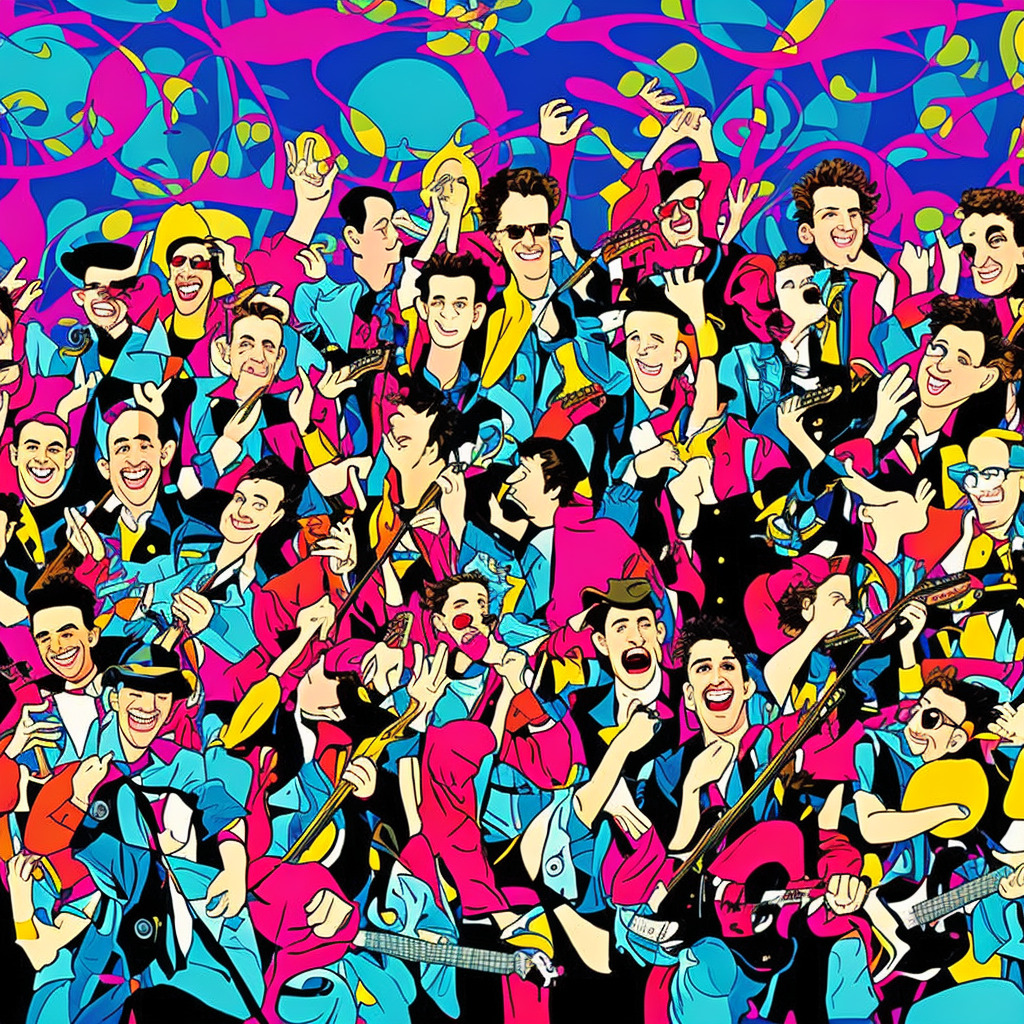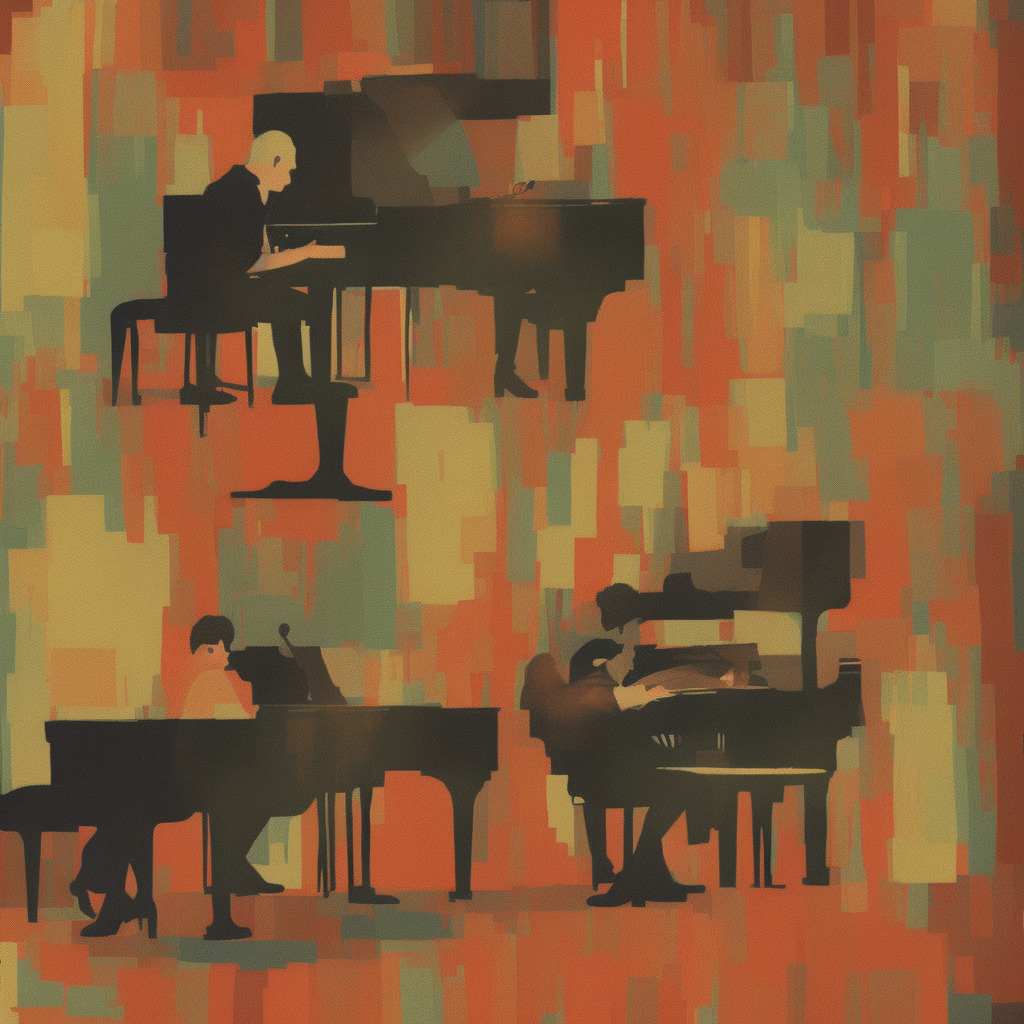The Journey of Tom Petty and His Iconic Sound
Explore Tom Petty’s fascinating journey to fame, his role in shaping rock music, and the significance of “Mary Jane’s Last Dance” in his career.
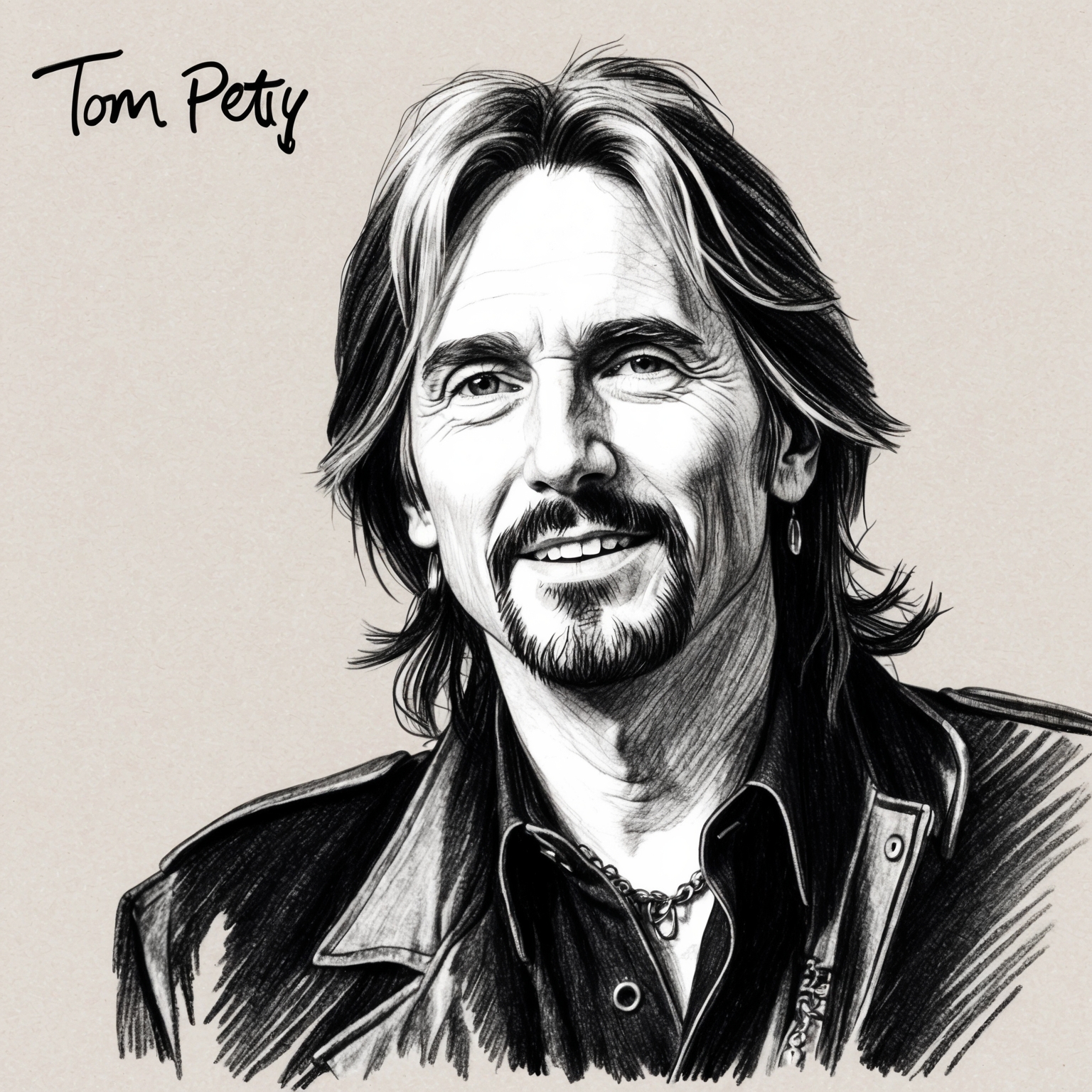
Tom Petty, an unparalleled icon in rock music, was a driving force behind the timeless tune “Mary Jane’s Last Dance.” This song, often associated with its captivating melody and enigmatic lyrics, marks a significant chapter in Petty’s illustrious career. Emerging from the vibrant music scene of the 1970s Gainesville, Florida, Petty’s early life was shaped by a passion for rock and roll. His journey from local musician to global superstar is a testament to his dedication and immense talent.
Known for his role as the frontman of Tom Petty and the Heartbreakers, Tom’s ascent in the music world was characterized by a string of celebrated albums and unforgettable live performances. His unique combination of rock, folk, and blues influenced countless artists, making him a pivotal figure in shaping modern rock music. During the time “Mary Jane’s Last Dance” was released in the early 1990s, Petty was riding a wave of critical acclaim fuelled by his mastery in storytelling and musical innovation.
The era surrounding “Mary Jane’s Last Dance” saw Petty collaborating extensively with other legendary artists, most notably as a member of the Traveling Wilburys. This supergroup, comprising Bob Dylan, George Harrison, Roy Orbison, and Jeff Lynne, showcased Petty’s ability to seamlessly merge his talents with those of rock music’s elite. This period was marked by a resurgence in classic rock, and Petty’s contributions, particularly through “Mary Jane’s Last Dance,” helped solidify his reputation as a masterful songwriter and performer, leaving an indelible mark on the genre.
Unveiling the Genius Behind ‘Mary Jane’s Last Dance’: The Composer’s Craft
Explore the creative genius of Tom Petty, the composer of ‘Mary Jane’s Last Dance,’ as we delve into his influences, style, and role in the song’s creation.

Understanding the true essence of ‘Mary Jane’s Last Dance’ by Tom Petty involves delving into the mind of the man who helped bring this iconic song to life. The composer, Tom Petty himself, was not just the face and voice of the Heartbreakers, but also the brilliant architect behind their sound. Born in Gainesville, Florida, in 1950, Petty was drawn to rock and roll music early on, inspired by artists such as Elvis Presley and The Beatles. His musical journey began in earnest in the late 1960s, with bands like Mudcrutch paving the way for his future endeavors.
Petty’s musical style is a blend of straightforward rock, infused with elements of heartland rock and Southern influences. He was known for his ability to craft catchy melodies and poignant lyrics that resonated with listeners. This signature style is evident in ‘Mary Jane’s Last Dance,’ where his knack for storytelling shines through. His influences are deeply rooted in the music of his youth and the cultural backdrop of 1960s America, helping to mold his sound into something timeless yet personal.
Tom Petty’s collaborative spirit was also a significant factor in his career. While he worked with many notable names throughout the years, his partnership with the Heartbreakers was perhaps the most fruitful. Their dynamic synergy helped craft ‘Mary Jane’s Last Dance,’ with each member contributing to its unique sound. Petty’s role as the song’s composer was pivotal; his ability to blend rock rhythms with storytelling lyrics has given the song its lasting appeal. His input defined both the melody and thematic darkness behind the song, ensuring its place in music history.
Recognition and Reinterpretations of ‘Mary Jane’
Explore the lasting impact of Tom Petty’s “Mary Jane’s Last Dance,” including its notable covers and appearances in films and TV shows.

While Tom Petty’s “Mary Jane’s Last Dance” might not have amassed a haul of high-profile awards specifically under its belt, its impact in popular culture and music circles is undeniable. The song is often celebrated as one of Tom Petty’s signature tracks, lauded for its evocative lyrics and catchy melody, which helped solidify its status as a classic rock staple.
The song’s infectious groove and enduring appeal have led to several notable cover versions by various artists, each bringing their own unique flavor to the track. Artists like The Four Horsemen and The Gaslight Anthem have paid homage to Petty’s work, highlighting the song’s versatile appeal and its ability to resonate with diverse audiences.
In addition to these covers, “Mary Jane’s Last Dance” has been featured prominently in various media, which has helped maintain its cultural relevance. The song has appeared in numerous movie soundtracks and television shows, adding to its legacy as an iconic piece of music that transcends its original release.
Chart Success and Cultural Resonance of “Mary Jane’s Last Dance”
Explore the chart performance and cultural impact of Tom Petty’s “Mary Jane’s Last Dance”, a song that resonated with listeners and maintained its legacy over time.

“Mary Jane’s Last Dance” by Tom Petty and the Heartbreakers was released as a part of the band’s Greatest Hits album in 1993. Initially, the song made a moderate impact on the charts but quickly ascended to become one of the band’s most beloved tracks. Upon its release, it debuted modestly, but with growing airplay and the weight of Petty’s established fan base, it climbed to number 14 on the Billboard Hot 100. The song’s infectious riffs and catchy chorus resonated with listeners, allowing it to chart for an impressive number of weeks.
Compared to other tracks in the charts at the time, “Mary Jane’s Last Dance” held its own against a tide of pop and rock hits, showcasing Tom Petty’s enduring appeal in a changing musical landscape. Its chart performance was commendable, especially given it was part of a greatest hits album rather than a standalone studio album. This success was buoyed by the song’s accessibility and the clever promotion strategies employed by Petty’s label, which capitalized on his established popularity and the nostalgia factor associated with the greatest hits release.
Public and critical reception of the song was overwhelmingly positive, highlighting Petty’s lyrical prowess and the track’s memorable melody. Its music video, featuring Kim Basinger, further bolstered its appeal, creating a cultural conversation around the song. It didn’t receive major awards, but it solidified Tom Petty’s legacy as a stalwart of American rock. Decades later, the song maintains its influence on streaming platforms, with millions of plays on services like Spotify, keeping it alive in the digital age. In fan circles, “Mary Jane’s Last Dance” continues to be celebrated as one of Petty’s iconic hits, cementing its long-standing legacy in popular culture.
Visual Odyssey of Mary Jane: Tom Petty’s Melodic Imagery
The music video for “Mary Jane’s Last Dance” by Tom Petty is a striking visual narrative featuring actor Kim Basinger. Directed by Keir McFarlane, it explores themes of love and mortality, significantly boosting the song’s popularity.

In the rich tapestry of Tom Petty’s discography, the song “Mary Jane’s Last Dance” holds a unique position not just for its sonic appeal but also for its compelling music video. Directed by the visionary filmmaker Keir McFarlane, the video takes on a cinematic quality that captivates audiences with its intriguing storyline and haunting visuals. The video features Tom Petty as a mortician with a curious affinity towards a mysterious, seemingly lifeless woman, played by actress Kim Basinger. This bizarre yet gripping narrative has been interpreted in multiple ways, inviting reflections on themes of love, mortality, and nostalgia.
One cannot underestimate the impact this video had on the song’s popularity. Featuring a prominent Hollywood actress at a time when celebrity cameos in music videos were becoming a trend, it stunned viewers with its bold direction and surreal storyline. The choice of casting Kim Basinger added a layer of intrigue and expanded appeal, leading to increased media coverage and audience engagement. This, in turn, amplified the song’s reach, making it one of Tom Petty’s most memorable hits.
Critically, the music video for “Mary Jane’s Last Dance” received both praise and critique for its bold visual storytelling. Some appreciated its artistic flair and evocative imagery, while others were taken aback by its morbid undertones. Nonetheless, its creative audacity contributed significantly to discussions about music video artistry and cemented its place as a classic example of visual storytelling in music videos. McFarlane’s direction, combined with outstanding production work, left a lasting impression on audiences and continues to be a reference point for music video directors exploring complex narratives.
Unveiling the Musical Blueprint of ‘Mary Jane’s Last Dance’
Discover the intricate structure behind Tom Petty’s ‘Mary Jane’s Last Dance’ as we delve into its key, tempo, chords, melody, and more, revealing its unique place in Petty’s discography.

Tom Petty’s ‘Mary Jane’s Last Dance’ is a captivating exploration of musical elements that cohesively come together to form a hallmark piece in his expansive discography. Known for its catchy riff and melodic continuity, the song is written in the key of A minor, which imbues it with a slightly melancholic yet hauntingly beautiful undertone. The choice of key serves to accentuate the reflective nature of the lyrics and overall theme.
The song employs a classic rock structure with verses, a chorus, and a distinctly memorable bridge. The churning chord progression primarily revolves around Am, G, D, and A, creating a foundation that’s both familiar and timeless. The tempo clocks in at a laid-back pace, around 84 BPM (beats per minute), allowing the listener to immerse themselves in the storytelling.
Melody and harmony play pivotal roles in ‘Mary Jane’s Last Dance.’ Petty’s vocal delivery is complemented by harmony vocals, adding depth and dimension. The rhythm section, steady yet dynamic, features drums and bass that drive the song and maintain its forward momentum. Instrumentally, Mike Campbell’s signature guitar riff stands out, layered with organ sounds that enhance the song’s nostalgic feel.
Comparatively, within the context of Petty’s discography, ‘Mary Jane’s Last Dance’ showcases a refinement in production and thematic complexity. Contrasting early albums where raw energy was prevalent, this track signifies a matured approach with a polished sound and intricate lyrical interpretation, echoing Petty’s growth as an artist. Recorded at the renowned Cherokee Studios and produced by Rick Rubin, the sessions are noted for using analog equipment to capture the song’s warm, organic quality.
Unpacking the Lyrical Cohesiveness of Tom Petty’s ‘Mary Jane’
Analyze the lyrical depth of Tom Petty’s ‘Mary Jane’s Last Dance’, unveiling themes of independence, change, and escapism through metaphors and vivid imagery.
Had a good lookin’ mama who never was around
But she grew up tall and she grew up right
With them Indiana boys on an Indiana night
Well, she moved down here at the age of eighteen
She blew the boys away, it was more than they’d seen
I was introduced and we both started groovin’
She said, “I dig you, baby, but I got to keep movin’ on, keep movin’ on”
Last dance with Mary Jane
One more time to kill the pain
I feel summer creepin’ in and I’m tired of this town again
Well, I don’t know but I’ve been told
You never slow down, you never grow old
I’m tired of screwing up, tired of goin’ down
Tired of myself, tired of this town
Oh, my, my, oh, hell yes
Honey, put on that party dress
Buy me a drink, sing me a song
Take me as I come ’cause I can’t stay long
Last dance with Mary Jane
One more time to kill the pain
I feel summer creepin’ in and I’m tired of this town again
There’s pigeons down on Market Square
She’s standin’ in her underwear
Lookin’ down from a hotel room
The nightfall will be comin’ soon
Oh, my, my, oh, hell yes
You’ve got to put on that party dress
It was too cold to cry when I woke up alone
I hit the last number, I walked to the road
Last dance with Mary Jane
One more time to kill the pain
I feel summer creepin’ in and I’m tired of this town again
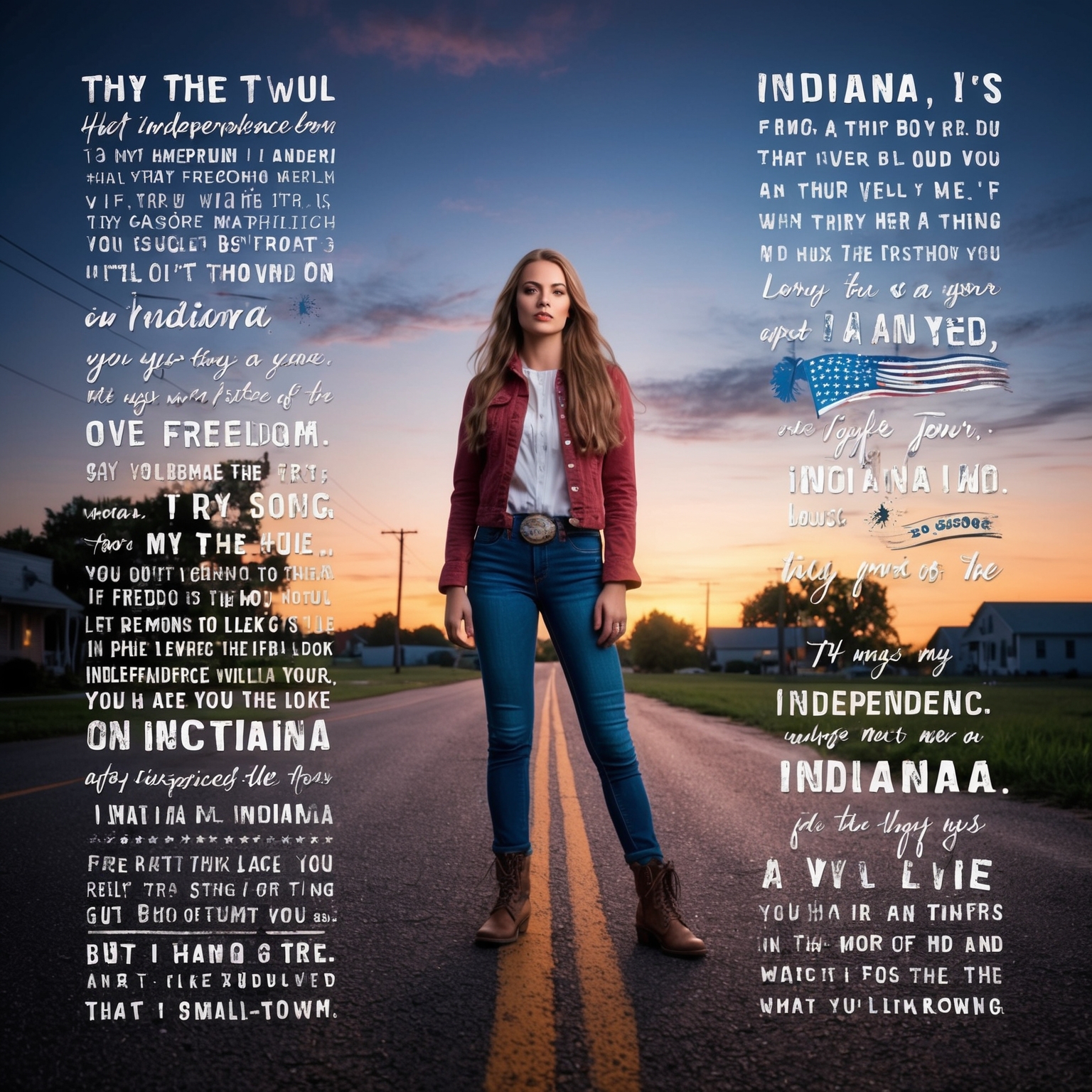
The lyrics of Tom Petty’s ‘Mary Jane’s Last Dance’ take the listener on a narrative journey woven with emotions and reflections on the transience of life. The track opens with a vivid description of a girl growing up in Indiana, instantly setting the scene with a deeply personal and intimate tone. The mention of her mother who ‘never was around’ hints at themes of independence and self-discovery, resonating with the universal coming-of-age narrative.
As the story unfolds, the lyrics explore themes that extend beyond personal growth to encompass sentiments of escapism and yearning. The recurring refrain, ‘Last dance with Mary Jane, one more time to kill the pain,’ can be interpreted as a metaphor for seeking solace in nostalgia or perhaps an emblem of fleeting romance. There lies an ambiguity that keeps the listeners perpetually engaged, making them ponder whether ‘Mary Jane’ is merely a romantic figure or a symbol for something more profound, perhaps even a nod to marijuana.
The narrative is further enriched by Petty’s use of literary devices. The lyrics employ metaphors and vivid imagery, painting a picture of youthful rebellion and a restless pursuit of freedom. Lines like ‘tired of screwing up, tired of going down’ reflect a deep-seated discontent and frustration, articulated with a rhythm that aligns seamlessly with the song’s overall musicality. This masterful use of language allows Petty to convey a powerful message about the inevitability of change and the complexities of coming to terms with one’s life path.
🎸 Did you know Tom Petty’s Mary Jane’s Last Dance almost didn’t have a music video? Kim Basinger sealed the deal, starring in its iconic, eerie clip! 🌟#RockTrivia https://bit.ly/3BicQp3
Click to Tweet

